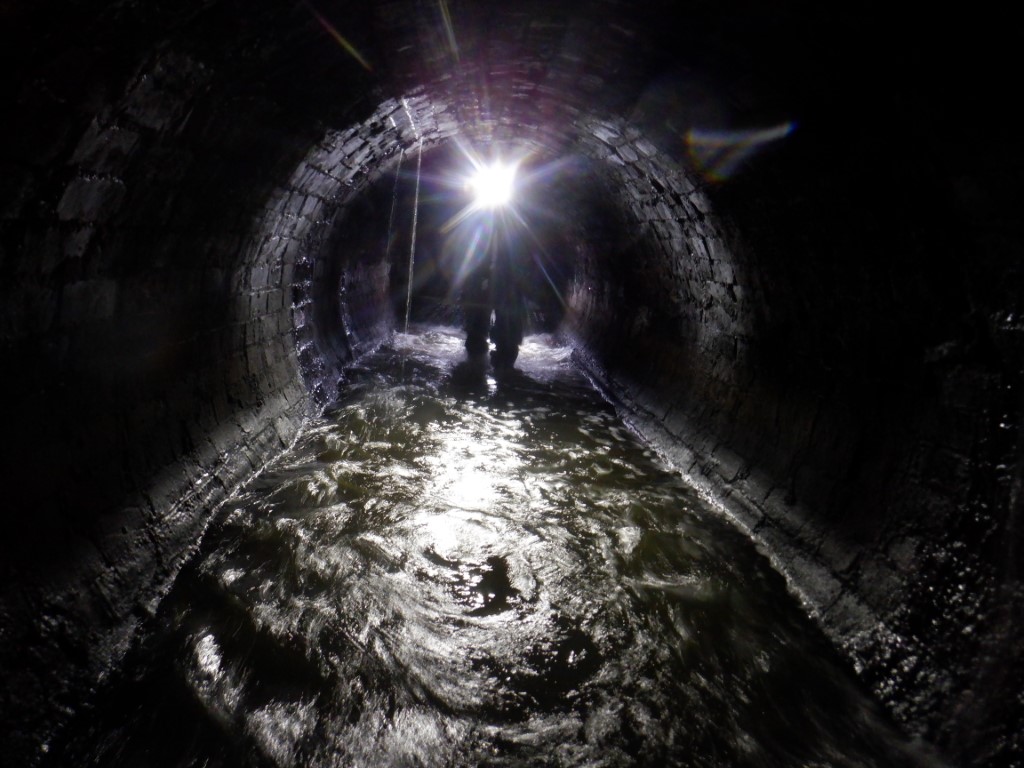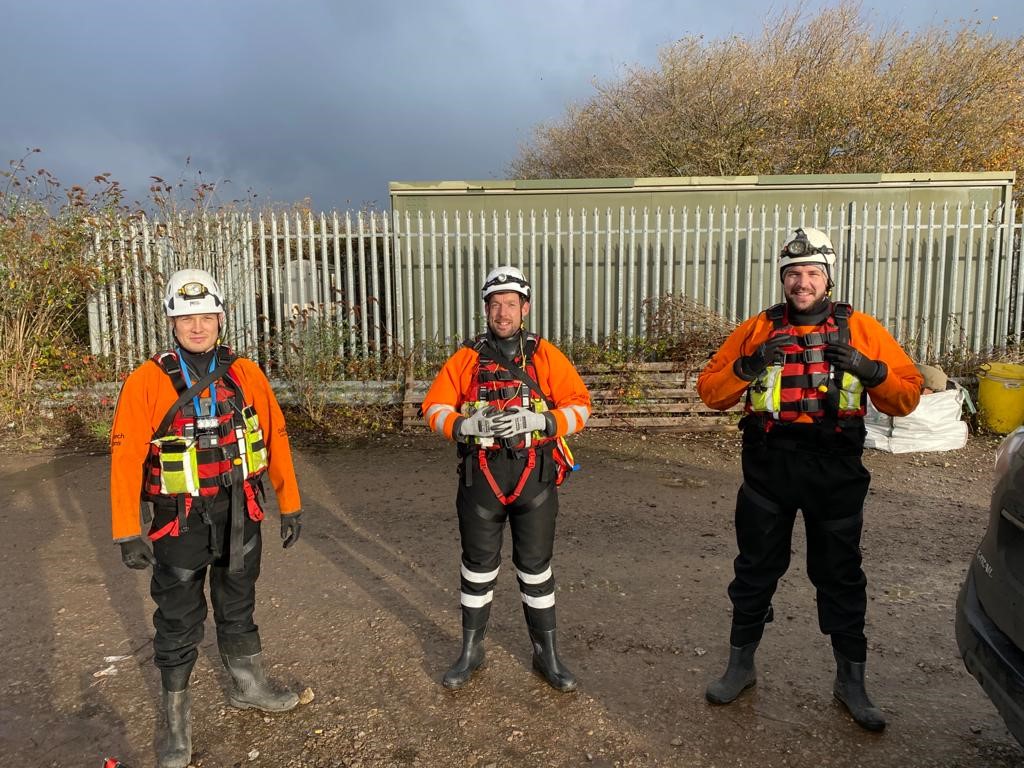The Severn Tunnel was the longest rail tunnel in Britain for more than a century. It was a terrific struggle to construct it under the Severn Estuary — a battle of engineering skill against groundwater and tides. The tunnel carried the Great Western Railway from Bristol into South Wales and remains in use as part of the national rail network. Continual pumping is required to keep it dry.
In 1886, a brick-lined shaft of 8.8m internal diameter was sunk 55m adjacent to the side heading, and six 1.78m Cornish beam engines were installed at the new Sudbrook Pumping Station. Their purpose was to pump out around 90 million litres of water per day, mainly entering from the Great Spring. Three of the engines remained in service until 1961. Sudbrook also had a ventilating fan 12.2m in diameter and 3.65m wide.
In 1961, the two pumping stations were electrified. In 1995, tunnel owners Railtrack began replacing the pumps and modernising the control systems. Additional pumps were installed in two other shafts. There are now a total of 14 pumps and four ventilation fans. If the pumps were turned off, and the backup generators failed, the tunnel could fill with water in just 26 minutes.
On behalf of our client Network Rail, our team recently carried out a detailed examination of the pumping shaft. We have completed a variety of specialist access exams over recent years throughout Sudbrook’s network of culverts and pumping shafts using both rope access and our specialist underwater team.




